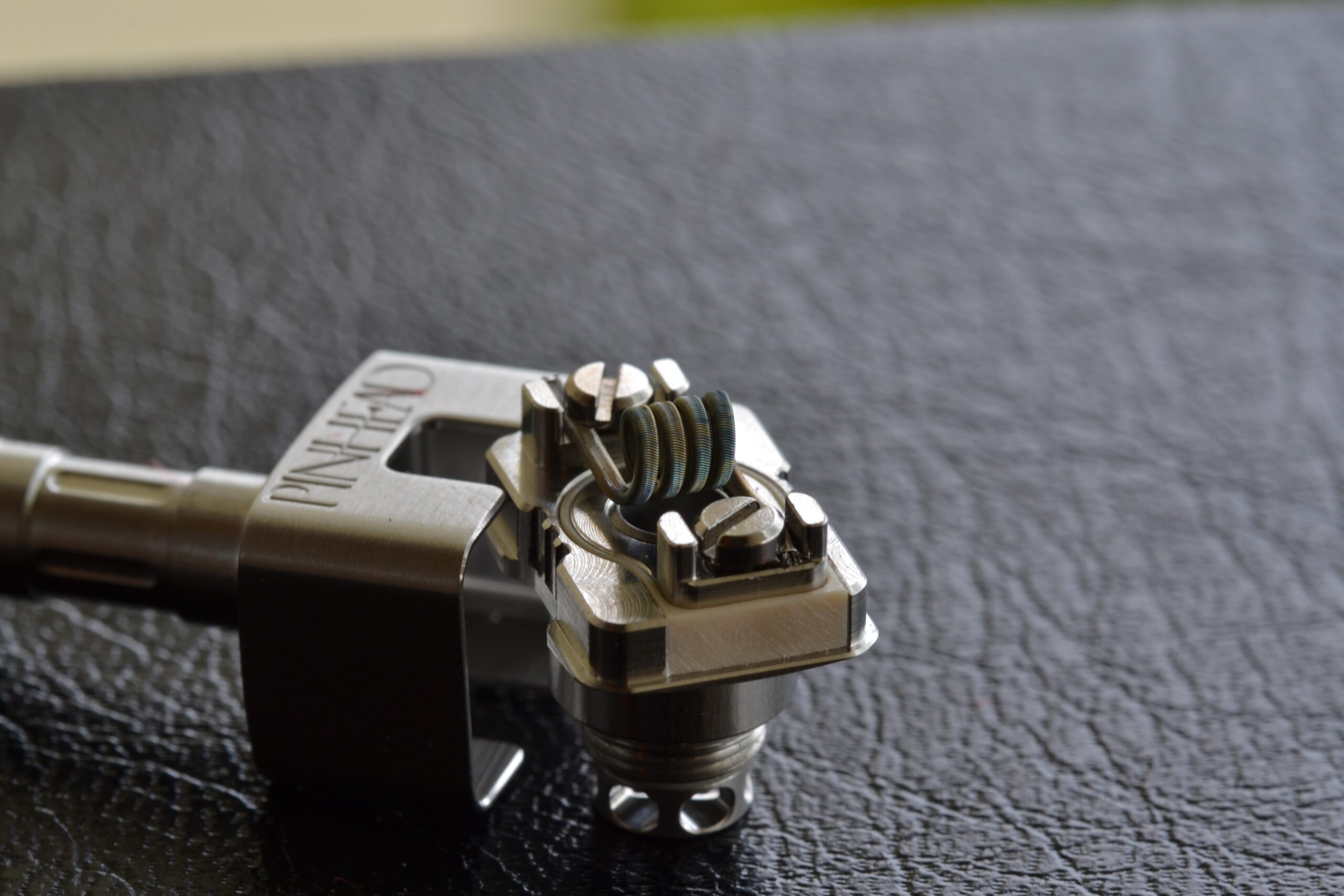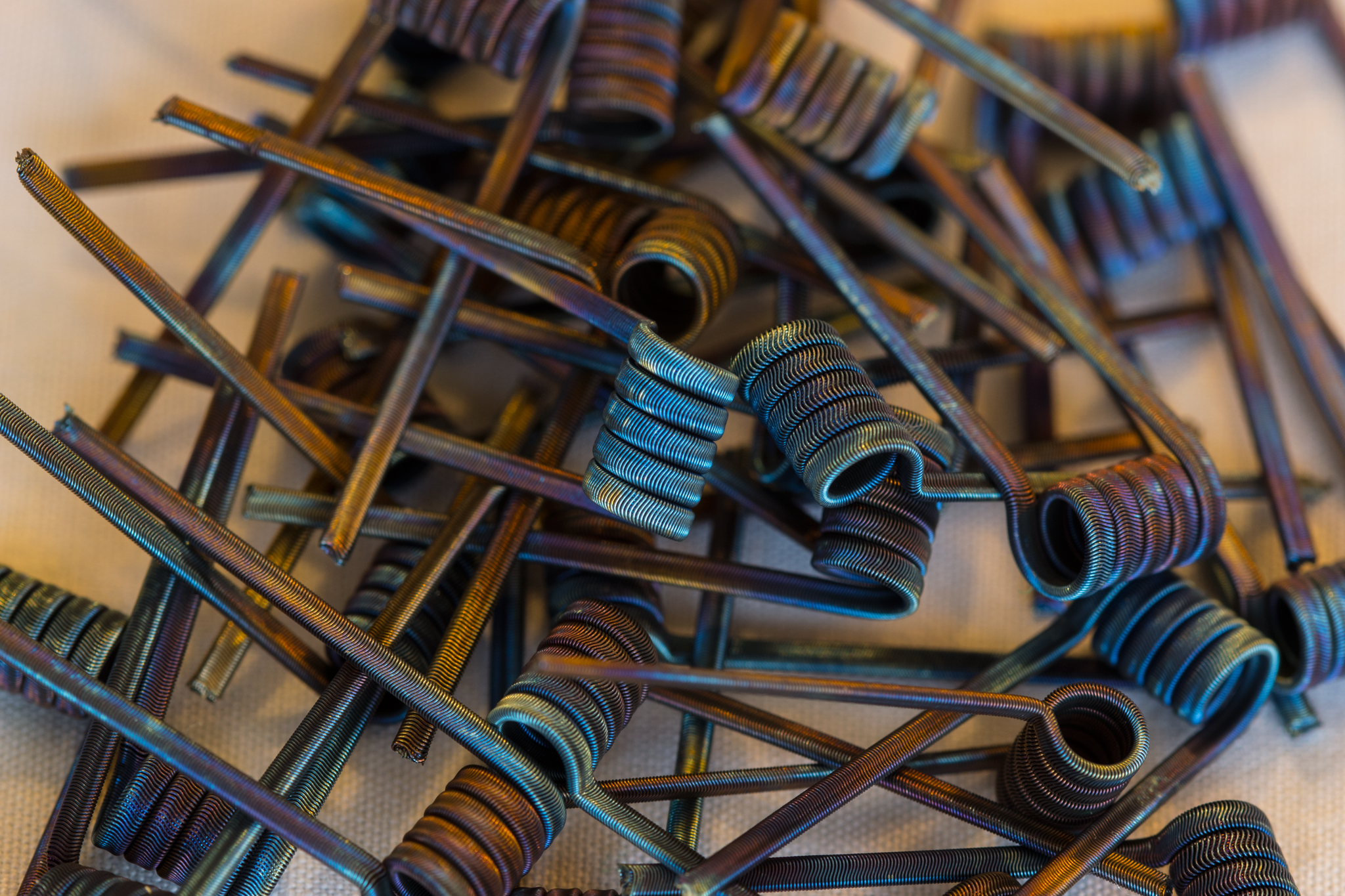“My atomizer X is dry/gurgling/has flooded my bag!” “Help!”… Probably the first message we all sent the first time we tried rebuilding. And as always, asking three different people will get you six different opinions, all contradicting each other: “This atomizer should be wicked like this.” “No, it should be wicked like this!” “You all know nothing! You’re all wrong! Saint Christopher appeared in my dreams and enlightened me: this is how it should be wicked!”
Alright, let’s try to provide a global solution by increasing our understanding of the system rather than relying on specific and debatable solutions. If you’ve ever had issues with your RTA not properly feeding the coil, it’s probably due to a fundamental factor many overlook: air compensation in the tank.
Wicking an RDA is straightforward, but an RTA is a different story
n RDAs, wicking is quite simple: you insert the cotton into the coil, cut it to the right length, and place it in the juice well. There are no structural limitations affecting liquid feeding, as the cotton just needs to be in contact with the soaked bottom.
In RTAs, however, the dynamics change completely. Each tank has its own structure, with wider or narrower juice flow channels and different vaporization chambers. A mistake in wicking can lead to two main problems:
- Flooding (excess liquid on the coil and gurgling)
- Dry hits (cotton not feeding properly, leading to burning and unpleasant taste)
The principle of capillarity: more cotton, more efficiency?
We have widely discussed and confirmed how a compact wick results in faster capillarity: well-packed cotton absorbs and transfers liquid to the coil more efficiently. However, this factor alone is not enough.
Excess cotton in the juice flow channels can actually hinder air rising back into the tank. If liquid is flowing down but air cannot rise, a partial vacuum forms, reducing pressure and preventing a steady liquid flow to the coil. This effect is particularly noticeable in bottom-feeding RTAs, where air compensation capacity is limited.
The solution: wick smartly
To ensure optimal feeding, you need to find the right balance:
- Ensure the cotton is well inserted into the juice flow channels but without completely blocking the passage.
- Always leave some space to allow air to rise back into the tank.
- If your RTA has very large channels, consider thinning the cotton slightly with tweezers to prevent total obstruction.
- Try different wicking lengths and observe how the liquid behaves: a good wick allows consistent feeding without flooding or dryness.
Conclusion
If your RTA isn’t wicking properly, it may not just be a capillarity issue but rather a balance between liquid and air. Make sure to wick in a way that allows proper airflow, and you might solve many feeding issues you didn’t even realize you had. Next time you rebuild your RTA, try applying this advice: you’ll notice the difference!




